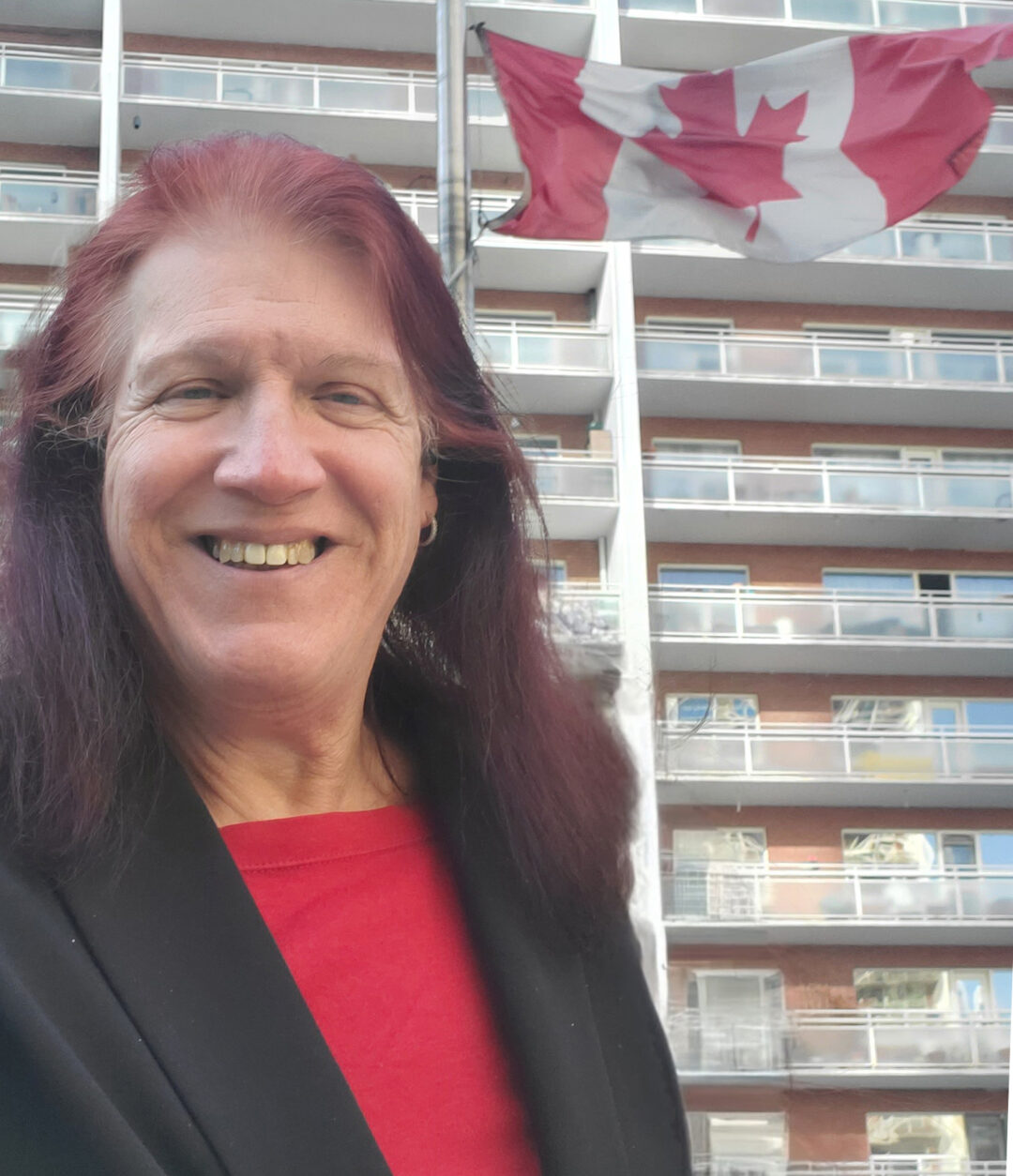Daryl Gonsalves –
Launched in 2017, the King Street Transit Priority Corridor between Bathurst and Jarvis Streets prioritizes people and transit by partially restricting traffic. However, its effectiveness has been diminished due to motorist non-compliance and additional streetcars using the key corridor due to road closures elsewhere, especially on Queen Street .
In 2023, the Toronto Police infamously ticketed a streetcar operator who was stopped in the middle of King and York Streets. In 2024, City Council approved exemptions for the Billy Bishop Airport Shuttle Bus, Toronto Community Crisis Service Vehicles and Ontario Line subway contractors.
Two representatives of the transit advocacy group TTCRiders, Adam Roy Cohoon and Joe Craib, addressed the problem at City Council’s February 27 meeting. Cohoon said a new paint scheme, similar to the red markings for transit-only lanes, could prove more effective at deterring unwanted motorists.
Craib said infrastructure repairs are urgently needed, highlighting deteriorating raised transit platforms, uneven surfaces, and chipped asphalt, which create accessibility barriers. He also recommended extending the transit corridor westward to Dufferin Street to help mitigate congestion during the 2026 FIFA World Cup, which is expected to attract more than 200,000 visitors.
Two years ago, the Toronto Star reported that enforcement on the King Street corridor was lax, as drivers commonly broke the rules without penalty, often holding up TTC vehicles filled with dozens of people. In the span of 40 minutes, the Star counted 34 cars that disobeyed signage.
To improve compliance and manage the chaos, the city deployed traffic agents starting in November 2023, which reduced TTC travel times along the corridor from 45-65 minutes to 17-21 minutes. In August 2024, the fine for improper stops at intersections or ‘blocking the box’ increased from $90 to $450 as police carried out enforcement and awareness campaigns.
The city says the only sustainable approach is automated enforcement, but current approved technology cannot be applied to ‘blocking the box’ enforcement. As a result, the city put out a call to find ways to address improper stops at intersections, illegal driving and blocking bus or bike lanes.
The challenge yielded twelve submissions, leading to deployment of the new technology as early as this spring. This technology will simply collect data; no tickets will be issued.
To address accessibility, the city is considering modular raised platforms at all 20 transit stops along the King Street transit corridor. The city is also exploring mid-block improvements with tree planting, precast curbs and precast pavers. In the long term, widening sidewalks and better construction coordination are also anticipated.
As reported in the March issue of the bridge, from this May to October, the intersection of King and Church Streets will close for water main repairs and streetcar track maintenance. The 504 King, 503 Kingston Avenue and 508 Lakeshore streetcar lines will be rerouted to Adelaide and Richmond Streets.
The city’s plan to deal with the World Cup is posted at https://shorturl.at/dY2pu




